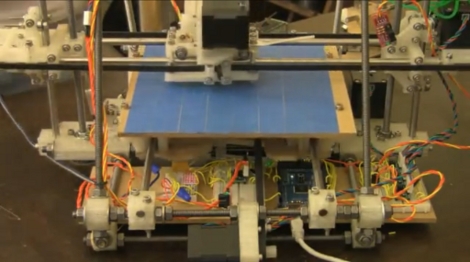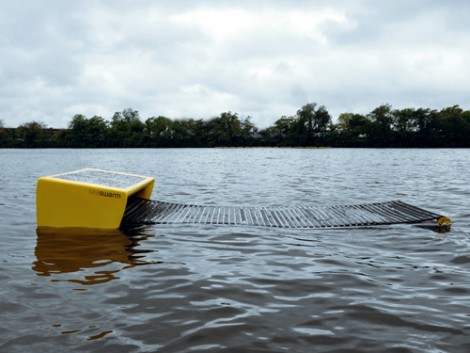Hotel room door lock picking

Here’s further proof that you should never leave anything of value in your hotel room. We’re not worried about someone getting in while the room is occupied. But these methods of defeating the chain lock and opening the door without a keycard (YouTube login required) do show how easy it is for the bad guys to steal your stuff.
iPhone frequency generator

Need one more way to make that iPhone a useful lab tool? Why not use it as a frequency generator. Start with a free app and mix in an audio cable with test leads and you’re in business.
Drag Soldering

[Andrei] sent us a link to a video about drag soldering. This is a method of soldering fine-pitch chips using a small bit of solder and a fat solder tip. The link he sent is dead now but we found another great example of the process. We were just using this method earlier in the week to solder a TSSOP38 package for an upcoming project and it worked like a charm.
Laser etched PCB

Here’s some art in PCB form thanks to a laser. We thought this might be interesting to share after seeing those art pieces made from old circuit boards. This example is laser etched, but not directly. As you probably guessed, the copper clad board is coated with resist and the laser etches some of it away. Whatever got zapped by the laser dissolves when the board is placed in acid, leaving [Riley Porter’s] art behind.















